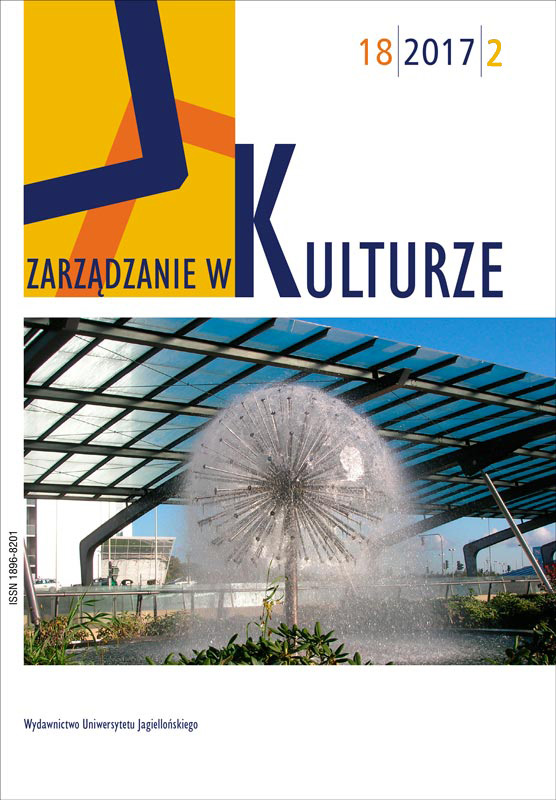„Dziedzictwo bez ojczyzny”. Cerkiew prawosławna św. Męczennicy Aleksandry w Stanisławowie pod Modlinem w latach II Rzeczypospolitej i współcześnie
“Heritage without a home”. The Orthodox Church of Saint Alexandra the Martyr in Stanislawowo near Modlin in the Second Polish Republic and today
Author(s): Piotr ZubowskiSubject(s): Anthropology
Published by: Wydawnictwo Uniwersytetu Jagiellońskiego
Keywords: Orthodoxy; Orthodox Church; Alexandria colony; Stanislawowo; Modlin; II Polish Republic; Russian Empire; tangible cultural heritage
Summary/Abstract: The paper aims to present the history of the Orthodox parish founded on the orders of the Tsarist authorities in the 1930s for the settlers specially brought from Russia to Warsaw. The parish, together with the monumental Orthodox Church of Saint Alexandra the Martyr, flourished until the outbreak of World War I, when the army and the Russian administration were evacuated from the Kingdom of Poland and the Church was destroyed. After Poland had regained its independence, the Church lost its former privileges and started to attract the hostility and unwillingness on the part of the Polish authorities. Despite this, thanks to the efforts of the remaining faithful, the Church was rebuilt (although in a much more modest form), and the faithful were given an Orthodox priest. Today, the Church, being the only rural Orthodox temple in Mazovia, is covered by conservator’s protection and is considered a symbol of multiculturalism.Using the Orthodox Church of Saint Alexandra as an example, the paper is an attempt to illustrate how Poland manages the unwanted, “inconvenient” heritage which over time is integrated into the Polish cultural landscape and becomes devoid of negative evaluation.The deliberations are based primarily on the archival administrative and parish records kept in the Central Archives of Modern Records (AAN) and on the iconographic materials from the Central Archives of Historical Records (AGAD).
Journal: Zarządzanie w kulturze
- Issue Year: 18/2017
- Issue No: 2
- Page Range: 135-153
- Page Count: 19
- Language: Polish

